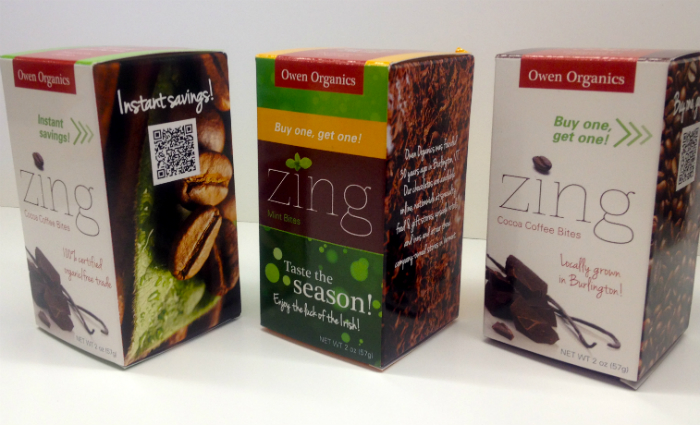Industry research agency Smithers Pira says digital packaging will become major growth market over the next five years, with corrugated board, folding carton, and flexible plastics the key growth sectors.
Between now and 2022 digital print for packaging will grow by 80 per cent,, according the research agency. Smithers Pira says that as such digital packaging represents a key growth area for the print industry, as well as opening new market opportunities for packaging converters and their brand customers.
The Furture of Digital Print for Packaging predicts an 11.2 per cent annual increase in value across the forecast period and annual 15.4 per cent growth in volume output (A4 sheets equivalent) – up from 163 billion A4 sheets (equivalent) in 2017 to 334 billion in 2022. This reflects the arrival of new higher throughput equipment.
Penetration for digital print technology is not uniform with the labels sector acting as the early adopter and now mature in some regions. Future expansion will rest heavily on less-developed packaging formats principally corrugated board, folding cartons, and flexible plastics.
Smithers Pira’s new report tracks how demand for inkjet and electrophotography print in packaging will evolve across 2017-2022. Dr Sean Smyth, author of the report, states: “Growth is forecast in different applications and regions at varying rates. In packaging, it will be rising sharply as more players get involved, make investments and see how these benefit their customers.
“There will be new campaigns, which will be copied. Converters will also provide new services in response to their customers, which will allow significant supply chain efficiencies – some of which are not clear in early 2017, but will open up over the next few years to better suit the final packaging consumers. The goal for all parties is to satisfy buyers.”
According to Smithers Pira, in 2017 the mainstream corrugated sector has a real appetite for high-volume inkjet liner and postprint systems, to provide new functions and gain plant efficiencies. Implementation is being led by some of the largest companies in the corrugated sector – as well as by more agile independents – leading to the arrival of new dedicated equipment that will enable volume production at a much more economical price.
The report says digital printing will enable packaging supply chains to develop, providing advantages in cost, time and flexibility for buyers and final consumers. In 2017, the great majority of packaging and labels is produced by specialist converters, delivering to fillers and packers. These fill the packs and apply labels, adding any coding, and complete packs are then delivered into the retail distribution chain.
Fundamentally, using digital printing in packaging enables brands and retailers to make decisions later that are closer to the end consumer. The result is making packaging and labels more relevant to the end consumer who ultimately determine the success or failure of brands and retailers.


